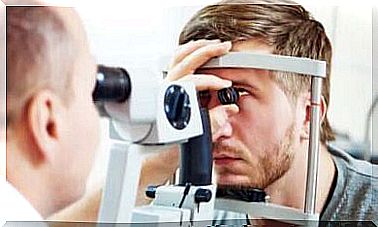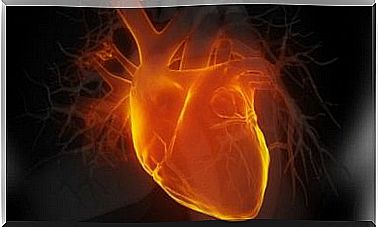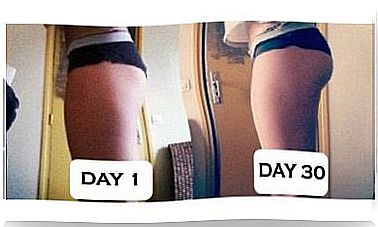Discover Vision Problems In Children
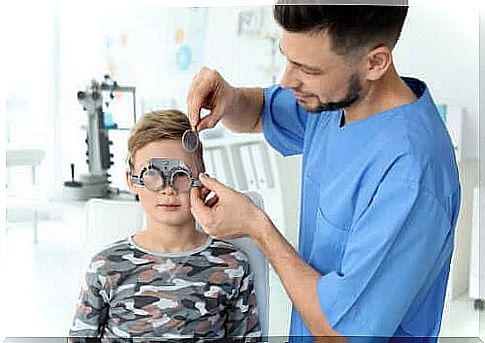
Certain common vision problems in children, such as squinting or myopia, are relatively easy for parents to detect. However, other vision problems can easily go unnoticed. It is therefore important to be aware of several symptoms that may signal the presence of eye diseases or vision problems in children.
Warning signs of vision problems in children
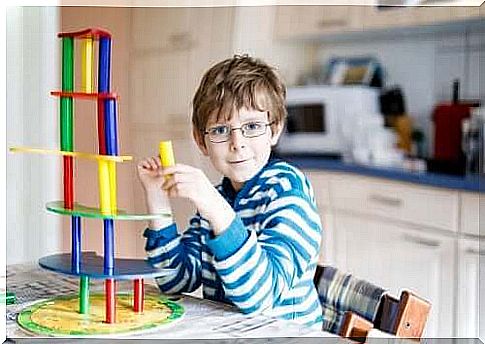
Your child may show early warning signs, such as not being able to identify distant relatives and placing objects very close to his or her face. A child may also rub or squint their eyes, especially when they are tired. In other cases, they may tilt their head back to get a better view and complain of headaches or blurred vision.
A child’s visual behavior during their first months of life
During the first year of life, the normal development of vision is as follows:
- 6 weeks. They respond to facial expressions.
- 2-3 months. They sense movement and can follow bright objects with their eyes.
- 3-6 months. They look at their hands and can follow the activities in their environment.
- 4 months. They smile at their mirror image.
- 6 months. They follow moving objects with their eyes and try to reach them.
- 7 months. They touch their image in the mirror.
- 9 months. They move forward to look at an object.
- 1 year old. They look for toys and objects that disappear from their field of vision.
To ensure that problems do not become irreversible, it is important to have a complete medical eye screening done from the age of four, especially if there is a family history of an eye condition.
Also read: 7 easy eye exercises to avoid headaches and visual fatigue
Types of vision problems
The most common vision problems in children are refractive errors such as myopia, farsightedness and structural defects. Amblyopia (lazy eye), squinting and color blindness (change in color vision) are also common.
Lazy eye
Amblyopia or lazy eye affects about 2-5% of the population and is one of the most common causes of vision loss in developed countries. In case of lazy eye, diagnosis and early treatment are the keys to prevent the development of the disease in adulthood.
You need to pay special attention to your baby if they were born prematurely and if there is a family history of lazy eyes, refractive errors, or retinal problems. Although this condition is usually asymptomatic, some signs may include headaches or neck pain. If your child can already read, it may skip words or swap letters.
Squinting
Skewness affects between 3% and 6% of the population. Early diagnosis of this condition is important because it can be corrected in children with treatment, while it can not be corrected in adulthood.
Here are some signs of squinting:
- Incorrect adjustment of the eyes.
- The eyes do not move together in the same direction.
- The child tilts his head sideways to look at certain points.
- Often blinks or rubs the eyes.
- The child pours or closes one eye to focus.
Vision problems: Refractive error
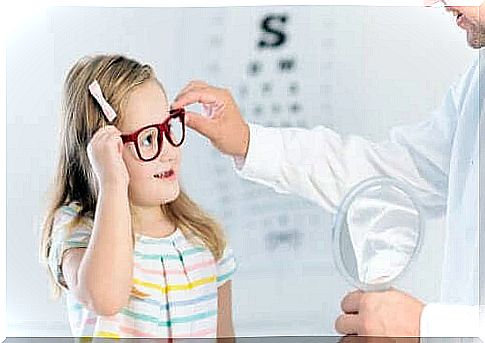
Refractive errors such as structural defects, myopia and farsightedness affect approximately 20% of children.
Myopia
Myopia or myopia manifests itself when the child is about six years old and usually causes symptoms such as squinting to focus on distant objects and confusing people who are relatively far away.
Some children may also get closer to objects to see or read better and close their eyes to focus better.
Also read: 5 signs that your eyes are bad
Visual problems in children: Myopia
This condition is usually physiological, which means that it is present in most babies at birth. It disappears, however, gradually as the eye grows. In some cases, however, it may last.
An uncorrected high degree of farsightedness can cause amblyopia or squinting. This condition can cause headaches when performing myopia activities, and overworked eyes after performing such activities.
Building defects
This condition causes the light from objects entering the eye to focus on more than one point on the retina. This leads to blurred and distorted vision. The main symptom is blurred or distorted perception, both for nearby and distant objects.
Seek out a specialist in vision problems in children
Did you know about these signs of vision problems in children? If you notice these symptoms in your child, consult a trusted specialist. The professional determines the type of problem and its treatment.

